
Visitors enjoy afternoon tea after health care services at Flamingo Dai Lai. Photo: Hoang An
Healthcare tourism in Vietnam today
Wellness tourism is currently quite popular in the world . In Vietnam, many resorts offer health care services. Well-known names in this service sector are MEDI Thien Son Healing Tourism Area (Ba Vi, Hanoi), Alba Wellness Valley by Fusion Resort (Phong Dien District, Thua Thien Hue Province), APEC Mandala Wyndham Mui Ne Resort (Phan Thiet City, Binh Thuan) or the resort system of Flamingo Group in Dai Lai (Vinh Phuc), Cat Ba (Hai Phong), Tan Trao (Tuyen Quang)... These resorts all take advantage of the landscape to connect people with nature to regain physical and mental balance.
Currently, health tourism in Vietnam is formed based on outdoor activities combined with therapeutic methods such as hot mineral baths (onsen), mud baths, saunas, spas, detox (purification, detoxification), meditation, yoga, walking... to take care of health while soothing the spirit, increasing the healing ability of tourists.
Leading this trend is MEDI Thien Son Healing Tourism Area (Van Hoa Commune, Ba Vi District, Hanoi). According to Deputy Director Do Manh Hoang, since the Covid-19 pandemic, the number of tourists to MEDI Thien Son has tripled compared to the pre-pandemic period. In the first 9 months of 2023 alone, the number of visitors reached more than 100,000 and the main customers were families in Hanoi.
“The Covid-19 pandemic has made many people realize the importance of health, especially mental health, in the face of the silent effects of stress and external factors. In addition, the increasing quality of life has led to an increased demand for high-end experiences and health care. Therefore, we have designed two product lines: the "A day of healthy living" tour, which guides visitors back to nature, experiences a nutritious medicinal diet, and meditation to stay away from mental illness; the second product is a specialized "Healing" tour that uses physical therapy techniques in combination with three "teachers": a Zen master (who teaches methods to recognize and heal mental illness), a chef (a chef who understands nutrition) and a physician (a doctor who diagnoses and detects diseases) to improve the health of each customer based on the main disease groups" - Mr. Hoang said.
While MEDI Thien Son takes advantage of the natural landscape associated with forests, streams, and waterfalls to help visitors find themselves, APEC Mandala Wyndham Mui Ne Resort (Hoa Thang Commune, Phan Thiet City, Binh Thuan Province) takes full advantage of the beautiful beach to design a medical tourism product with sand. Accordingly, visitors will experience fun activities on the sand, bury themselves in the sand to treat muscle and skin diseases, or take mineral mud baths to treat bone and joint diseases...

Taking care of tourists' health with oriental medicine at MEDI Thien Son Healing Tourism Area (Van Hoa, Ba Vi, Hanoi).
Photo: Hoang Nguyen
Rich in potential
The above models are good suggestions for mountain and coastal resorts to develop health care tourism products. The potential for developing mountain resorts was exploited by the French in the last century, and still has its mark in Ba Vi (Hanoi), Tam Dao (Vinh Phuc), Da Lat (Lam Dong), Sa Pa (Lao Cai), Mau Son (Lang Son), Ba Na (Da Nang)... In terms of sea and island tourism potential, not many countries can compare when Vietnam owns up to 3,260km of coastline, with many beaches highly appreciated by international travel sites in Da Nang, Nha Trang, Phu Quoc, Ha Long, Ninh Thuan...
In addition to the rich potential for sea tourism, Vietnam also has a diverse source of mineral water, which is highly valuable in medical treatment and health care. According to statistics from the Geology Department, the country has about 400 hot mineral water sources, of which 11 types have both medicinal effects and can be exploited into bottled drinking water. Many locations with hot mineral sources in Vietnam have now become popular tourist destinations for relaxation and health recovery for domestic and foreign tourists.
Not only that, Vietnam is also a country with a famous traditional medicine in the region with a team of doctors, research institutes, and traditional medicine hospitals that meet the needs of medical examination and treatment. Along with that is the source of folk knowledge of ethnic minorities such as Dao, Thai, Muong... in the use of medicinal herbs to prevent and treat diseases. According to statistics, the whole country currently has a rich medicinal plant system with 3,850 plant species and 406 animal species used in Oriental medicine. This is a valuable resource, contributing to product diversification and making Traditional Medicine a strength in the form of health care tourism.
A Zen master guides tourists in yoga to regain energy and balance their physical and mental health at the MEDI Thien Son Healing Resort (Van Hoa, Ba Vi, Hanoi). Photo: Hoang Nguyen
Removing barriers
Despite possessing great potential and internal strength, the scale and nature of health care tourism in Vietnam still has many limitations and is considered to have fragmented and fragmented development.
Explaining this, Dr. and architect Duong Dinh Hien, Institute for Tourism Development Research (ITDR), said: “We do not have a comprehensive development policy; lack of incentive mechanisms and support for businesses; lack of criteria and recognition standards, and weak links between the tourism industry and health care, medical, and sports services... The fragmented and spontaneous development of units leads to a lack of professionalism or abuse, causing impacts in many aspects. The general marketing and promotion work for Vietnam's health care tourism internationally is still lacking in methodology. That is the barrier that prevents health care tourism from developing to its full potential in Vietnam.”
To remove the above barriers, Dr. Duong Dinh Hien said that it is necessary to develop a comprehensive health tourism development policy along with the national tourism development strategy until 2025, with a vision to 2030. It is necessary to comprehensively assess the ability to develop a health tourism network to maximize the strengths of each locality and region and to know exactly the needs and characteristics of the tourist market in order to build appropriate and focused health tourism products.
Mr. Hien also noted the need to attract overseas Vietnamese tourists to return to Vietnam for dental care, cosmetic surgery and traditional medicine treatment.
Referring to the need to build a supply chain for healthcare tourism, Mr. Pham Van Dai, Head of the Department of Tourism Management and Communications (National Academy of Public Administration) said that this is a prerequisite to help businesses link together to form a complete supply chain, bringing tourists a complete experience. This supply chain not only includes units in the fields of transportation, accommodation, food and beverage, shopping... but also requires the participation of state management agencies on immigration, customs and infrastructure services to serve tourists at the destination.
In order to enhance Vietnam's competitiveness in developing health tourism, Master Nguyen Thanh Binh, Deputy Head of the Department of Tourism Accommodation Management (National Tourism Administration) said that Vietnam currently has 38,000 tourist accommodation establishments with over 780,000 rooms, nearly 600 4-5 star tourist accommodation establishments, of which 180 hotels and resorts have implemented spa activities and health care programs for guests.
However, the number of health care service establishments recognized as meeting tourist service standards and granted with a signboard is still too small. Therefore, it is necessary to promote this work to give tourists more choices, while enhancing Vietnam's competitiveness in this potential type of tourism. Along with that, it is necessary to promote the development of National Standards for health care service products to serve as a basis for assessing the quality and ranking tourist accommodation establishments with health care services that meet the requirements for serving tourists.
According to Mr. Nguyen Thanh Binh, in 2022-2023, the National Tourism Administration has been implementing the Project to develop national standards "Tourism and related services - Health care spa - requirements for services", expected to be announced at the end of 2023. This will be a document guiding units in providing health care services to tourists so that this type of service can increasingly develop in a professional, sustainable and highly competitive direction.
Source




![[Photo] Prime Minister Pham Minh Chinh chairs the Government's special meeting on law-making in May](https://vphoto.vietnam.vn/thumb/1200x675/vietnam/resource/IMAGE/2025/5/22/1c880aae96fd4e0894abc47a46fe19ba)
![[Photo] Prime Minister Pham Minh Chinh attends the groundbreaking ceremony of Trump International Hung Yen Project](https://vphoto.vietnam.vn/thumb/1200x675/vietnam/resource/IMAGE/2025/5/21/ca84b87a74da4cddb2992a86966284cf)

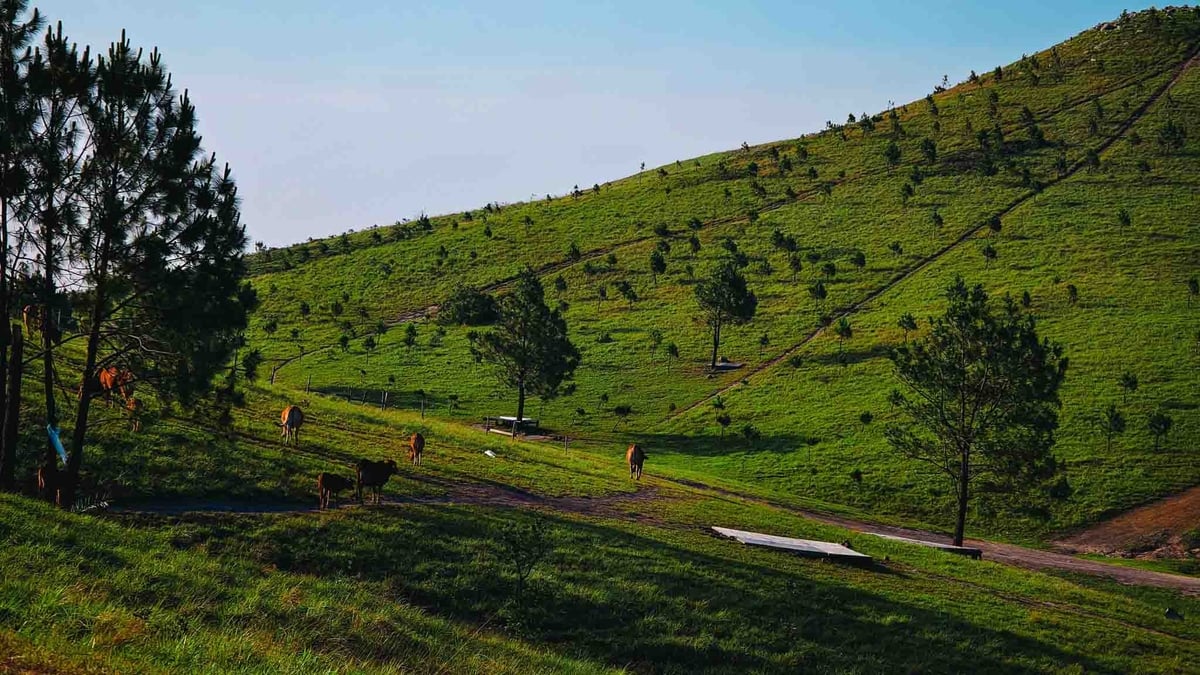
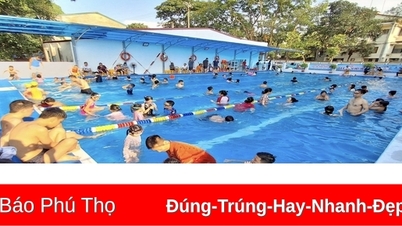

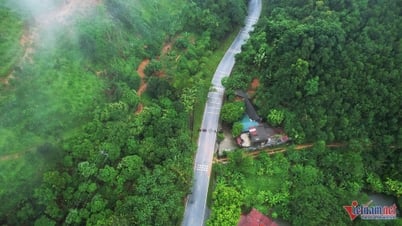



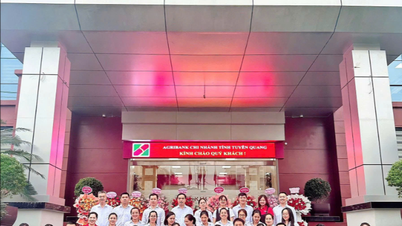

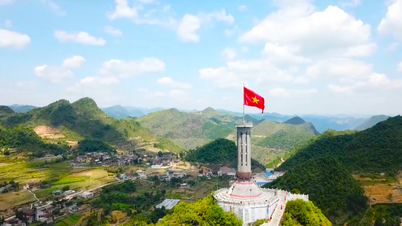
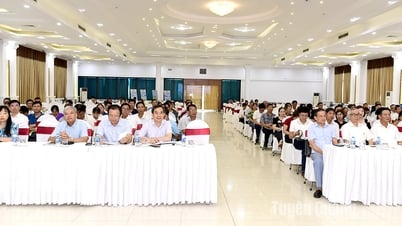

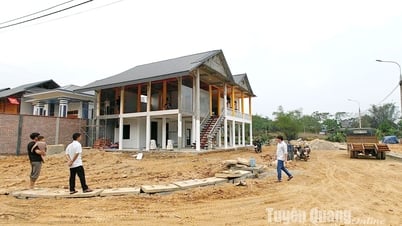
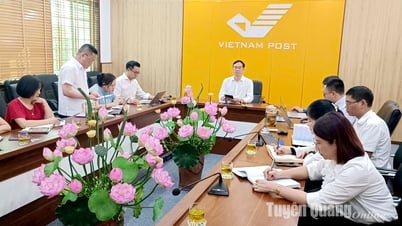
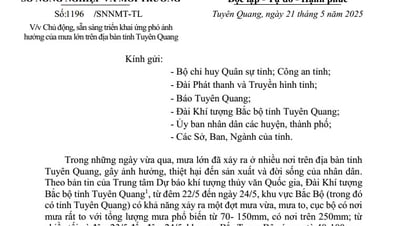
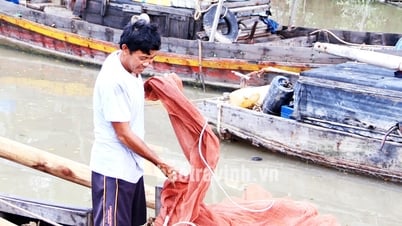
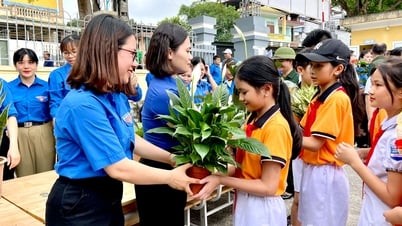




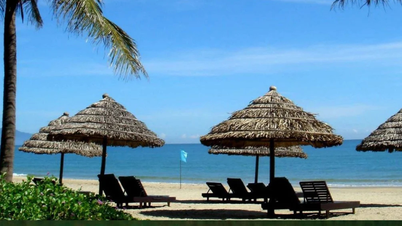
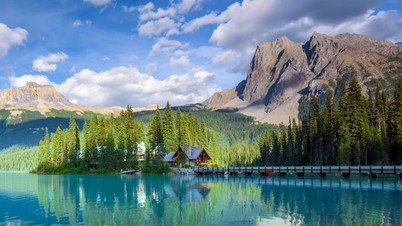
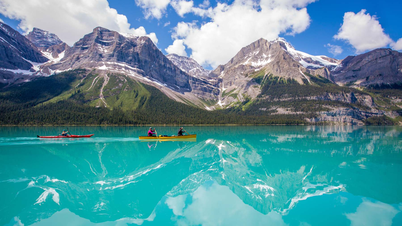
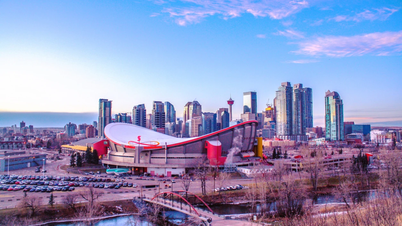
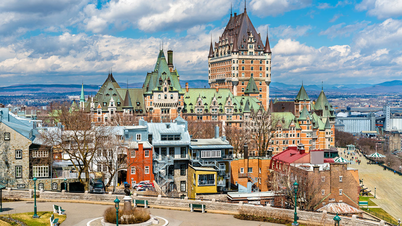
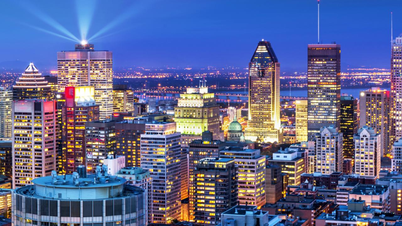


































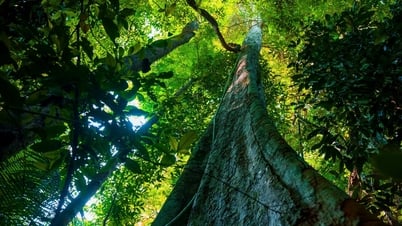

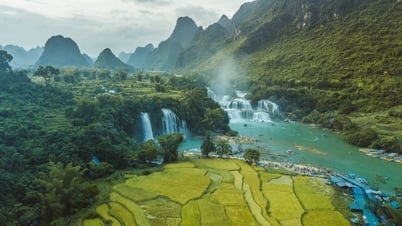
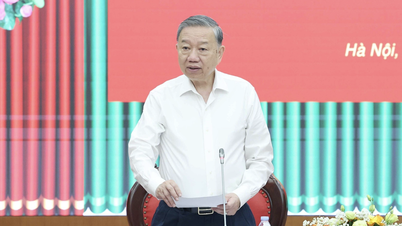
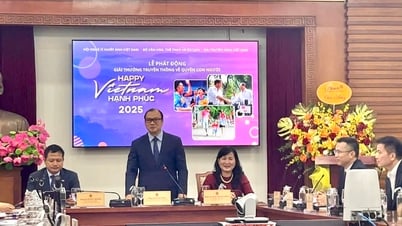

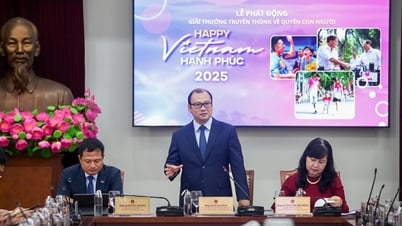
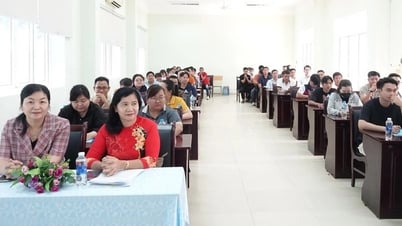
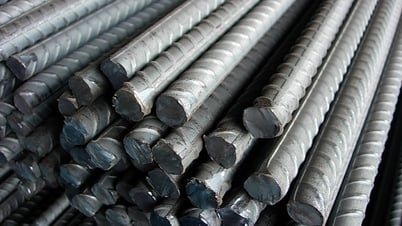

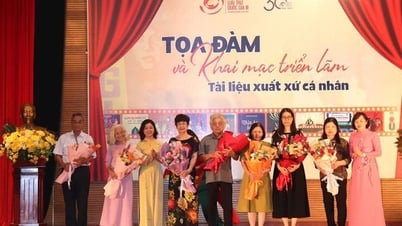
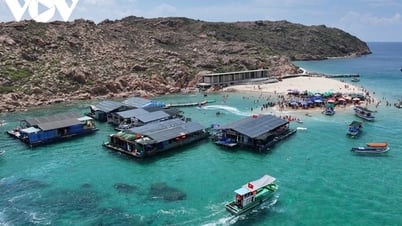
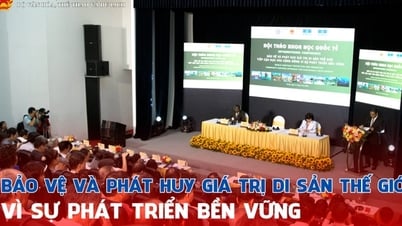


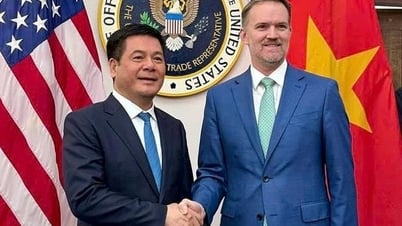

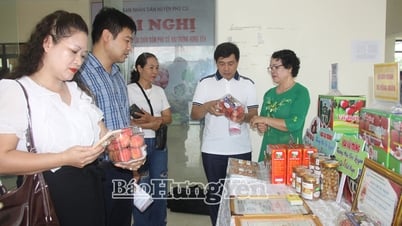



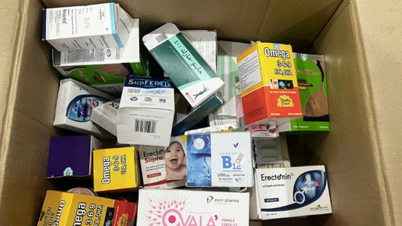




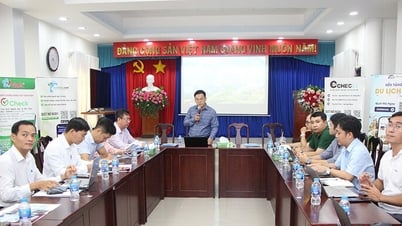

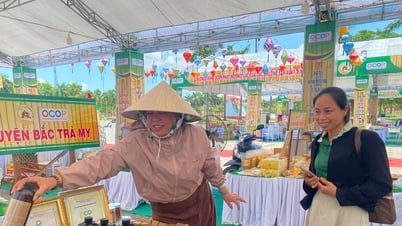


Comment (0)